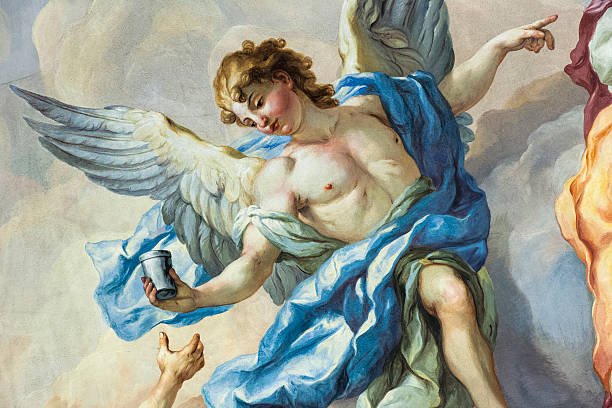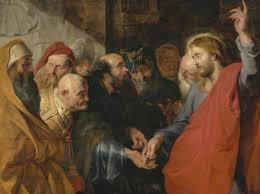Baroque art was one of the most dramatic and extravagant movements in Western art history. Emerging in the late 16th century amid religious conflicts and social transformation, Baroque art aimed not merely to depict reality but to move, captivate, and provoke the viewer.
Its impact was so profound that even today, its influence can be found in visual languages across cinema, photography, advertising, and digital art. So, baroque art shaped the way we see and feel images—with intensity, contrast, and theatricality.
Baroque Art: Emotion, Light, and Theatricality
Baroque art marked a radical break from Renaissance harmony. Instead of balanced symmetry, Baroque artists favored movement, sharp contrasts, and heightened emotions. Painters like Caravaggio, Rubens, and Rembrandt elevated chiaroscuro to new levels, using dramatic light to guide the viewer’s eye in almost cinematic ways.

Historian Rudolf Wittkower makes an argument. He writes about it in The Age of Baroque (1991). He says Baroque should not be seen as “excess.” It was a valid artistic response. It was a response to a changing world. This was a time of religious tension. It was also a time of scientific discovery. Baroque art expressed a society in turmoil. This society was full of doubt, desire, and revelation.
Churches and palaces served as stages for Baroque art. Architects like Bernini transformed urban space. They created immersive experiences. His sculpture is The Ecstasy of Saint Teresa. It turns mystical emotion into a spectacle. This spectacle is both visual and spiritual. It still stirs viewers today.
Baroque Art Today: From Cinema to Advertising
Baroque art today is not just a historical reference—it is a living aesthetic. Its visual language remains alive in the works of filmmakers like Baz Luhrmann (Moulin Rouge), Peter Greenaway, and even pop icons like Beyoncé, whose Apesht* video at the Louvre echoes Baroque poses and compositions.
According to Baroque Visual Culture and Its Echoes in Contemporary Media, by the University of Edinburgh (2020), Baroque visual strategies—centered on excess, performance, and sensory impact—are widely used in modern advertising and art direction. Luxury brands like Dolce & Gabbana often embrace Baroque aesthetics to convey drama and prestige.
Museums like the Prado (Madrid), the Louvre (Paris), and the Met (New York) maintain permanent collections and immersive installations that reinterpret Baroque masterpieces, linking them to contemporary sensibilities. In modern art, Baroque influences reappear in works that explore the body, faith, and emotional excess.
Digital Baroque and New Interpretations
Baroque visual strategies are highly adaptable to the digital world. The aesthetics of exaggeration, dramatic contrast, and emotional immediacy are perfect for visually-driven platforms like Instagram. Digital artists such as Andrés Reisinger build 3D environments reminiscent of Baroque architecture using cutting-edge tools.
In Baroque and Neobaroque: The Haunted Forms (1992), Omar Calabrese suggests that neobaroque styles emerge in moments of cultural overload—when society seeks emotional stimulation through visual complexity. In that sense, we are now living through a new Baroque revival, one that reimagines old strategies for a hyper-digital era.
Even in music, Baroque structures such as counterpoint and thematic variation have returned in film scores and electronic compositions. These echoes confirm that Baroque art never truly vanished—it just evolved and found new forms.
A Legacy that Shapes the Contemporary Gaze
Ultimately, Baroque art continues to shape the way we perceive visual culture. Its emphasis on total experience, emotional depth, and visual drama resonates with a world saturated with media. At the same time, it teaches us that beauty can exist in excess, asymmetry, and expressive intensity—values that challenge the minimalist ethos of contemporary art.
Baroque art left us more than masterpieces. It taught us to look intensely, to feel deeply, and to seek the sublime even amid chaos. To understand the Baroque is to understand how we learned to see.



